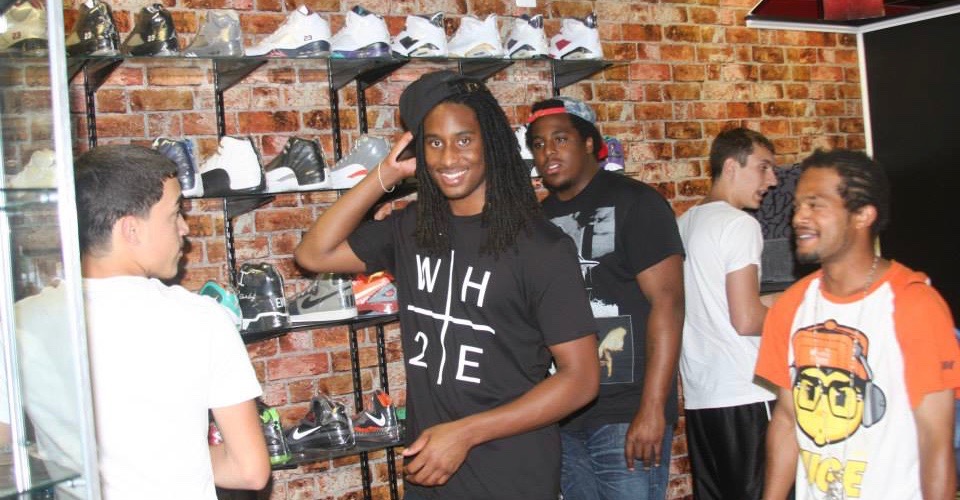Last year, ShotSpotter, the gunfire detection and location system, recorded 54,699 incidents of gunfire in 62 cities across the country, according to the company’s annual review. The company counts an incident as three or more shots fired. The busiest hour was from 11 p.m. to midnight, during which a cumulative 3,500 gunshots were recorded in 2015. Roughly every six and a half minutes during that hour, a shot was fired in one of the American neighborhoods covered by a ShotSpotter device.
ShotSpotter deploys acoustic sensors to rooftops and street lights. The sensors record firearm discharges, triangulate their location, and send data to local law enforcement. The company launched 20 years ago in Washington, D.C., and now covers a collective area of more than 300 square miles. Its gunfire tallies reflect only those firearm discharges its devices pick up, and do not include many indoor shootings. The technology has been praised by police departments for its ability to alert authorities to incidents of gunfire that otherwise go unreported.
Below, some of the report’s key findings.
Cities in the ShotSpotter network experienced a median reduction in gunfire of 12.8 percent
The company reports that a solid majority of the 46 cities that have used the technology for at least two years saw a reduction in their rates of gunfire in 2015. The median reduction in those cities was 12.8 percent.
ShotSpotter CEO Ralph Clark believes the decreases can be attributed to the community engagement he says the system fosters. The technology brings officers to scenes of gunfire that normally wouldn’t have led to a police response, “showing that they care.” When communities see that, he says, cooperation with investigations increases. “Would you trust a fire department that showed up for only one out of five fires?” Clark asks.
The most dramatic decrease in gunfire occurred in the Northeast, while the Midwest saw more gunfire
The four cities that demonstrated the greatest decrease in gunfire last year — Huntington Station, New York; New Haven, Connecticut; Brentwood, New York; and Atlantic City, New Jersey — are all located in the Northeast. ShotSpotter recorded 73 gunfire incidents per square mile in the region, well below the national average of 176, and a year-over-year decrease of 27 percent.
The 11 midwestern cities that use ShotSpotter (which include Chicago, Detroit, and Milwaukee) did not see such results. Last year, there were an average of 351.9 gunfire incidents in each square mile monitored by ShotSpotter in the region — twice the national average.
As the sun goes down, the number of shots goes up
Sixty one percent of incidents were recorded between 8 p.m. and 2 a.m., with gunfire reaching a crescendo in the day’s final hour.
The busiest aggregate 60-minute period occurred on a Saturday from 2 a.m. to 2:59 a.m, during which 978 incidents of gunfire were recorded across the country. Clark declined to give further details about when that storm of bullets occurred.
Gunfire does not take holiday breaks
The worst month for gunfire in a single city was May, with 422 incidents recorded. Again, Clark would not go into detail about where that occurred, fearing that doing so would stigmatize the city. “When data is used to penalize people, it makes them shut down,” he says. “We’re trying not to put cities on blast.”
ShotSpotter excludes Fourth of July, New Year’s Eve, and New Year’s Day from its rankings of busiest days for gunfire, since those days are known to bring bouts of celebratory shooting that skew the numbers. But curiously, a holiday associated with peacefulness took the top spot for the most gunfire incidents recorded in a single day by ShotSpotter’s sensors. On Christmas Day in 2015, the system collectively captured 266 bursts of gunfire.
[Photo: Shutterstock]



